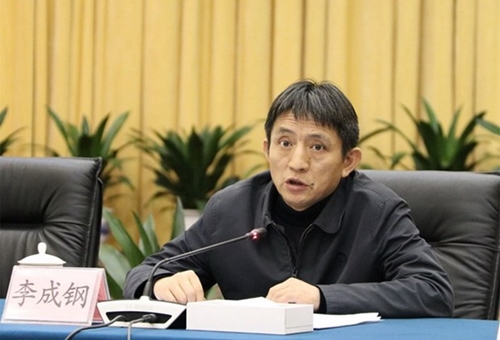November 12, 2020 | 21:00 (GMT+7)
RCEP expected to be signed at upcoming leaders’ meeting: Chinese official
The Regional Comprehensive Economic Partnership (RCEP) is expected to be signed at the 4th RCEP leaders' online meeting on November 15, with all of its texts and legal review work completed, Chinese Assistant Minister of Commerce Li Chenggang told a press conference on November 11.
    |
 |
|
Chinese Assistant Minister of Commerce Li Chenggang (Photo: mofcom.gov.cn) |
Once signed, the agreement will be one of the most vital achievements in the integration of Asia-Pacific economies over the past two decades, helping the region to realise high-level market opening-up and forming a relatively unified economic and trade system, Li said.
Initiated by the Association of Southeast Asian Nations (ASEAN) in 2012, the RCEP is the largest free trade agreement worldwide, with 15 members covering 47.4 percent of the world's population, about one-third of global GDP, 29.1 percent of world trade, and 32.5 percent of global investment.
The signing of the RCEP will give a boost to regional economic growth, as the pact is expected to be a driver of the post-COVID-19 recovery of member economies and of Asia-Pacific cooperation, said Su Ge, chairman of the Beijing-based China National Committee for Pacific Economic Cooperation.
The removal of tariff and non-tariff barriers alone under the partnership would increase the Asia-Pacific region's GDP by 2.1 percent and world GDP by 1.4 percent, according to estimates.
Source: VNA